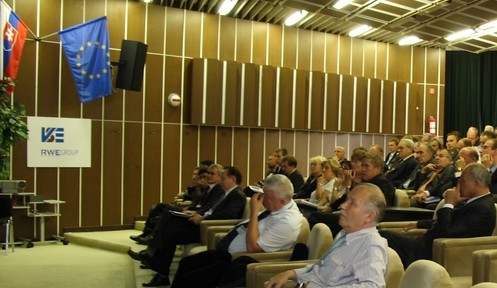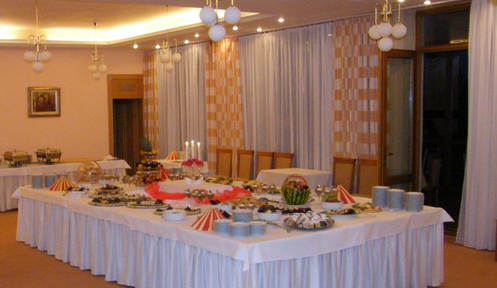|
On influence of smart grid technologies on the safe operation of NPPs in Slovakia
Štefan Čerba
Faculty of Electrical Engineering and Information Technology STU in Bratislava - Institute of Nuclear and Physical Engineering
Branislav Vrban
Faculty of Electrical Engineering and Information Technology STU in Bratislava - Institute of Nuclear and Physical Engineering
Jakub Jakub Lűley
Faculty of Electrical Engineering and Information Technology STU in Bratislava - Institute of Nuclear and Physical Engineering
Ján Poničan
Faculty of Electrical Engineering and Information Technology STU in Bratislava - Institute of Power and Applied Electrical Engineering
Vendula Filová
Faculty of Electrical Engineering and Information Technology STU in Bratislava - Institute of Nuclear and Physical Engineering
Vladimír Nečas
Faculty of Electrical Engineering and Information Technology STU in Bratislava - Institute of Nuclear and Physical Engineering
Last modified:
2022-06-01
Abstract
For safe and secure operation as well as accident mitigation of Nuclear Power Plants (NPPs) during normal operation and in case of emergency scenarios, offsite electricity supply is considered as the most preferred and reliable source. The nuclear safety standard used worldwide and also those adopted in Slovakia requires that electricity from the grid should be derived to the NPP via two physically independent circuits in order to minimize the likelihood of their simultaneous failure. These circuits shall be also designed to be available in sufficient time following a loss of all options for onsite power supply, to assure that specified acceptable fuel design limits and design conditions of the reactor coolant pressure boundary are not exceeded. To meet these requirements the electric grid has historically evolved along a consistent physical configuration and mode of operation. The current large and centralized grid consists of high voltage power stations generating electric power, subsequently distributed via a network of high-voltage transmission lines and substations, lower voltage distribution lines and substations, and finally through low voltage local distribution lines to supply the electrical loads of the end-users. The current fleet of NPPs has been designed, built, licensed and operated under this traditional configuration of the electric grid. As the modern electric grid evolves incorporating smart grid innovations, distributed resources, renewable energy sources, high-speed sensing and controls, microgrids, large-scale energy storage, and other advanced technologies, NPPs must also adapt to these changes. It naturally brings challenges also to the new state-of-the-art reactor technologies, such as GEN IV reactors or small modular reactors, but most importantly to the current fleet of reactors in operation, which has only limited maneuverability. This paper presents the results of a comprehensive literature survey conducted on Smart Grid technologies, renewable energy integration, grid reliability standards, and electric grid regulations and guidance. It summarizes the measures developed worldwide and tries to adopt some of them for the conditions of Slovakia.
|







